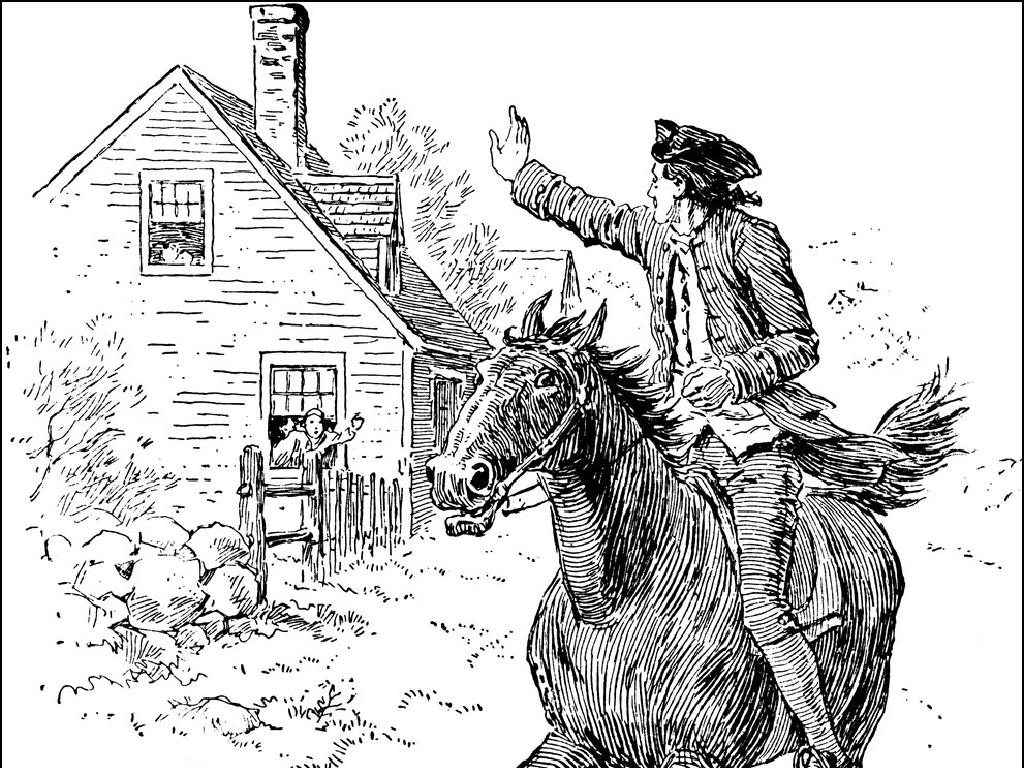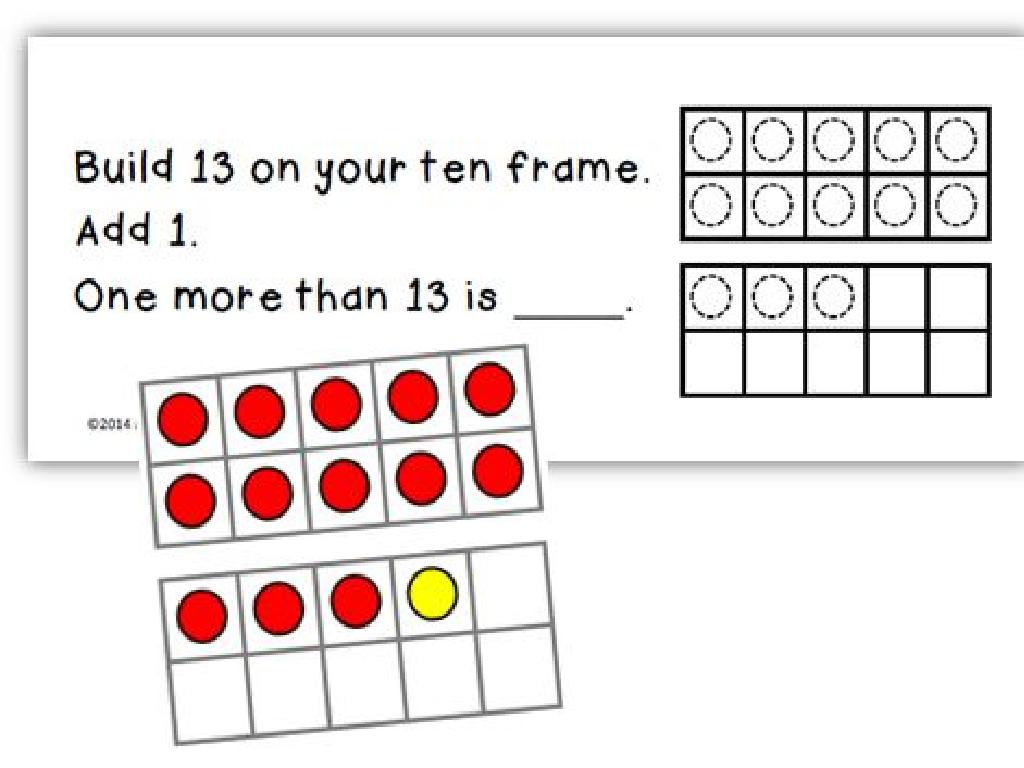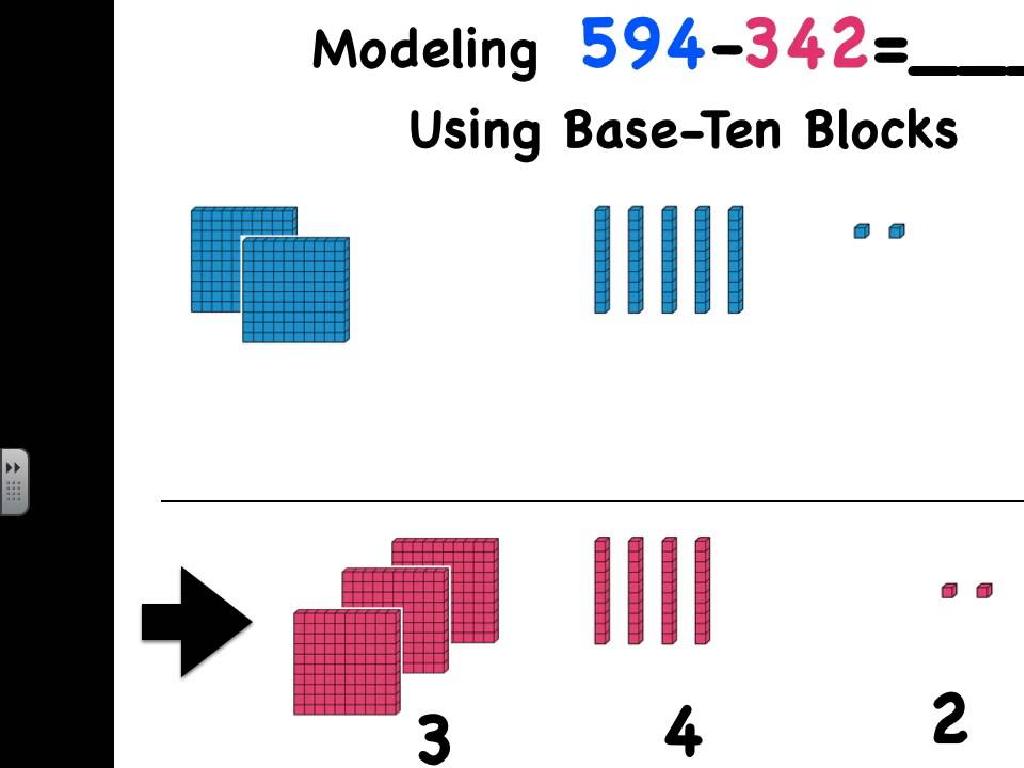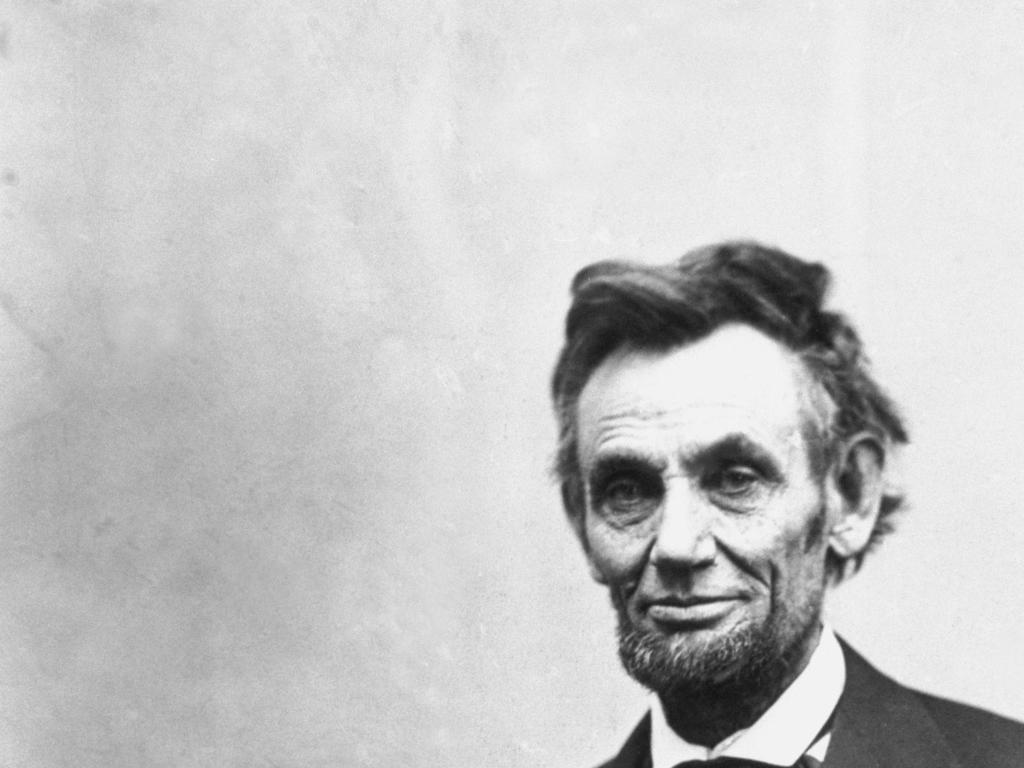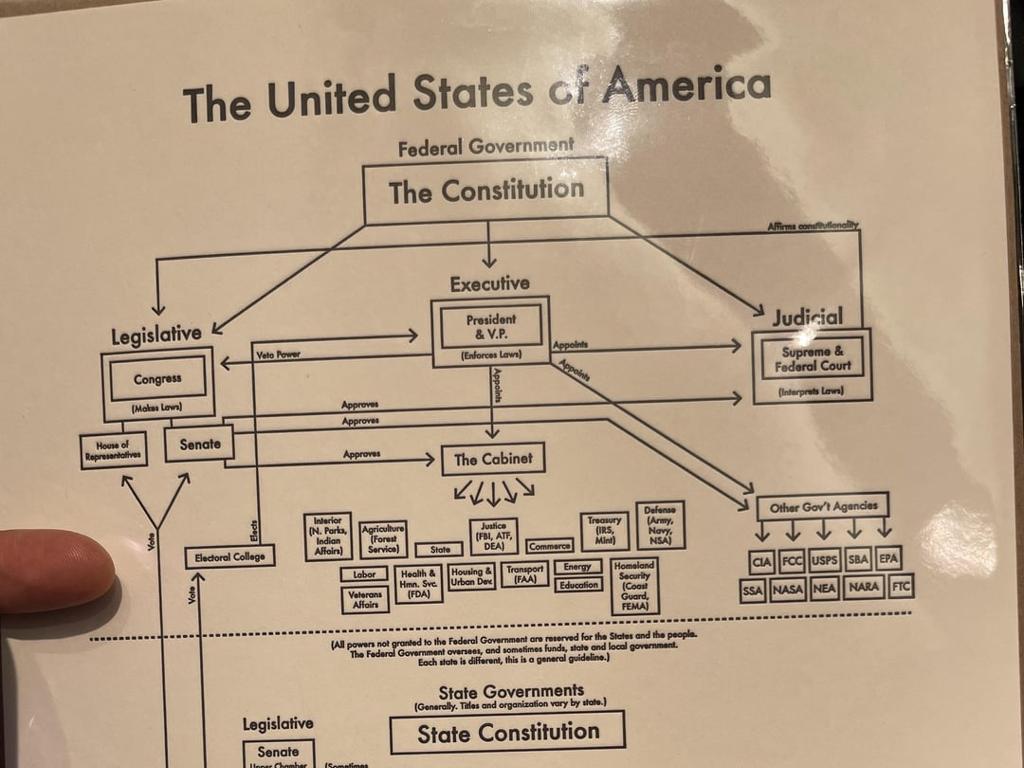Analyze Passages From I Am Malala: Part 2
Subject: Language arts
Grade: Sixth grade
Topic: Nonfiction Book Study
Please LOG IN to download the presentation. Access is available to registered users only.
View More Content
Diving into Nonfiction: ‘I Am Malala’
– What is nonfiction literature?
– Nonfiction books are based on facts, real events, and real people.
– Significance of ‘I Am Malala’
– ‘I Am Malala’ shows the power of education and bravery.
– Exploring ‘I Am Malala: Part 2’
– We’ll read and discuss specific sections from the book.
– Analyzing key passages
– We’ll examine the themes, messages, and Malala’s perspective.
|
Today’s lesson introduces students to nonfiction literature, emphasizing its basis in factual storytelling. ‘I Am Malala’ is highlighted as an influential nonfiction book that sheds light on the importance of education and the courage it takes to stand up for one’s beliefs. The class will focus on analyzing parts of the second section of the book, looking closely at the themes, messages, and the author’s perspective. Encourage students to think critically about the text and relate it to their own experiences or current events. This analysis will help them understand the impact of Malala’s story and the broader context of the world she describes.
Understanding Nonfiction: I Am Malala
– Define Nonfiction
Nonfiction is factual writing based on real events and people.
– Fiction vs. Nonfiction
Fiction is made-up stories; nonfiction is based on facts and reality.
– Nonfiction text features
Nonfiction includes facts, real events, and reliable sources.
– Analyzing ‘I Am Malala’
We’ll examine how Malala’s story is told through factual narrative.
|
This slide introduces students to the concept of nonfiction and its distinction from fiction. Begin by defining nonfiction as literature based on facts, real events, and real people, unlike fiction, which is derived from imagination. Highlight the characteristics of nonfiction texts, such as the presence of factual information, real-world settings, and credible sources. Emphasize the importance of these features in understanding and analyzing nonfiction works. Use ‘I Am Malala’ as a case study to apply these concepts, encouraging students to identify these elements within the text. This will help them to better understand the structure and purpose of nonfiction and prepare them for deeper analysis of Malala’s story in subsequent lessons.
About Malala Yousafzai: Advocate for Education
– Malala’s early life and education
– Born in Pakistan, Malala stood up for education against the Taliban.
– Her fight for girls’ education
– She campaigned for girls’ right to learn, despite the dangers involved.
– Malala’s impact on women’s rights
– Malala’s activism has earned her the Nobel Peace Prize.
– The worldwide influence of her journey
– Her courage has inspired many, leading to international recognition.
|
This slide introduces students to Malala Yousafzai, emphasizing her background, activism, and global impact. Begin with a brief biography, highlighting her determination to receive an education under Taliban rule. Discuss her advocacy for girls’ education and how it led to her being targeted and ultimately becoming a symbol for women’s rights. Explain her achievements, including the Nobel Peace Prize, and how her story has resonated worldwide, inspiring others to take action. Encourage students to reflect on the importance of education and how one person’s voice can lead to significant change.
Key Themes in ‘I Am Malala’: Part 2
– Education’s significance
– Education is a right and a tool for change.
– Courage and perseverance
– Malala’s bravery in advocating for education.
– Family and cultural impact
– Family support and cultural influences shape Malala.
– Malala’s journey
– Reflect on Malala’s experiences and growth.
|
This slide delves into the central themes of ‘I Am Malala’, highlighting the importance of education as both a fundamental human right and a powerful instrument for societal change. Students should recognize Malala’s courage and perseverance in the face of adversity as she advocates for girls’ education. Discuss how Malala’s family and Pashtun culture have influenced her values and actions. Encourage students to think critically about how these themes are interwoven in Malala’s narrative and to consider their own perspectives on education, courage, and the influence of family and culture in their lives.
Analyzing Passages from ‘I Am Malala’
– Learn to analyze text
– Break down the text and look for meaning
– Find main ideas and details
– Main ideas are central points, details support them
– Grasp the author’s purpose
– Why did Malala write her story? What message does she convey?
– Discuss Malala’s journey
– Share insights on Malala’s experiences and challenges
|
This slide aims to guide students through the process of text analysis, focusing on ‘I Am Malala’. Start by explaining how to dissect a passage and search for deeper meaning beyond the surface. Teach students to identify the main ideas, which are the focal points of the text, and supporting details that provide evidence and elaboration. Discuss the author’s purpose, encouraging students to consider Malala’s intentions and the messages she wants to share about her life and advocacy for education. Encourage students to connect with Malala’s story on a personal level and to think critically about the themes presented in the book. This discussion will help them develop analytical skills that are crucial for understanding nonfiction texts.
Passage Analysis: I Am Malala
– Read a passage together
– Discuss the main idea
– What is Malala trying to convey?
– Identify figurative language
– Look for metaphors, similes, personification
– Reflect on Malala’s message
– How do these elements enhance our understanding?
|
This slide is aimed at guiding students through a collaborative analysis of a passage from ‘I Am Malala.’ Start by reading the passage aloud together to ensure all students are on the same page. Then, open a discussion about the main idea of the passage, encouraging students to express their thoughts and understanding. Next, focus on identifying any figurative language Malala uses, such as metaphors or similes, which can enrich the text and provide deeper insight into her experiences and messages. Conclude by reflecting on how Malala’s use of language helps to communicate her message more powerfully. This exercise will enhance students’ analytical skills and their appreciation for the use of language in literature.
Group Activity: Dive into ‘I Am Malala’
– Break into small groups
– Each group gets a unique passage
– Discuss main ideas and themes
– Look for the central message, moral lessons, or cultural insights in the text
– Analyze the author’s purpose
– Why did Malala write this? What message is she trying to convey?
|
This group activity is designed to foster collaborative learning as students delve into ‘I Am Malala: Part 2’. Each group will receive a different passage to ensure a wide range of topics and ideas are covered during the discussion. Encourage students to identify and discuss the main ideas, recurring themes, and the author’s purpose behind the text. Provide guidance on how to analyze a passage, such as looking for the thesis statement, key arguments, and evidence supporting the author’s views. Possible activities include creating a mind map of the passage’s main ideas, role-playing an interview with Malala, or writing a short reflection on the passage’s impact. The goal is for students to engage critically with the text and gain a deeper understanding of Malala’s experiences and perspectives.
Sharing Our Findings: Group Analysis of ‘I Am Malala’
– Each group presents their analysis
– Discuss varying viewpoints
– Listen to others and think about how their ideas compare to yours
– Reflect on passage contributions
– What new insights do these passages offer about Malala’s story?
– Deepen our book comprehension
|
This slide is meant to facilitate a classroom discussion where students will share their analyses of ‘I Am Malala: Part 2’ in groups. Each group will take turns presenting their findings, focusing on different perspectives and interpretations of the passages they’ve read. The class will then engage in a discussion to explore these varied viewpoints, fostering a deeper understanding of the text. Encourage students to consider how each passage contributes to the overall narrative and themes of the book. The goal is to help students synthesize information from multiple sources and develop a more nuanced understanding of Malala’s experiences and the book’s message.
Reflection and Journaling: Malala’s Lessons
– Reflect on today’s lesson individually
– Write a journal entry on learnings
Include key points and personal thoughts
– Apply Malala’s lessons to our lives
Discuss how Malala’s courage and values can influence us
– Share insights with the class
|
This slide prompts students to engage in self-reflection and journaling as a way to internalize the lessons from ‘I Am Malala.’ Encourage them to think deeply about the content of the book and what it means to them personally. Guide them to write a journal entry that not only summarizes what they learned but also includes their own insights and feelings. Ask them to consider how Malala’s story of bravery, education advocacy, and perseverance can be applied to their own lives, such as standing up for what is right or valuing their education. Finally, create an opportunity for students to share their thoughts with the class to foster a sense of community and shared learning.
Class Activity: Letter to Malala
– Write a personal letter to Malala
– Express what inspires you in her story
– Mention specific events or quotes that moved you
– Share and discuss your letter with a partner
– Take turns reading your letters and give feedback
– Reflect on Malala’s impact on your views
– How has Malala’s courage and dedication influenced you?
|
This activity aims to deepen students’ connection with the text by personally engaging with Malala’s journey. Encourage students to express their feelings and thoughts about Malala’s experiences and the lessons they’ve learned. Provide guidance on how to structure a letter and offer sentence starters for those who may need assistance. After writing, students will pair up to share their letters, fostering a discussion on the different perspectives and insights gained from the book. Conclude with a reflection on how Malala’s advocacy for education has shaped their own attitudes towards learning and the rights of children worldwide. Possible activities for different students could include creating a poster of their favorite quote, drawing a scene from the book, or writing a poem about Malala’s impact.

